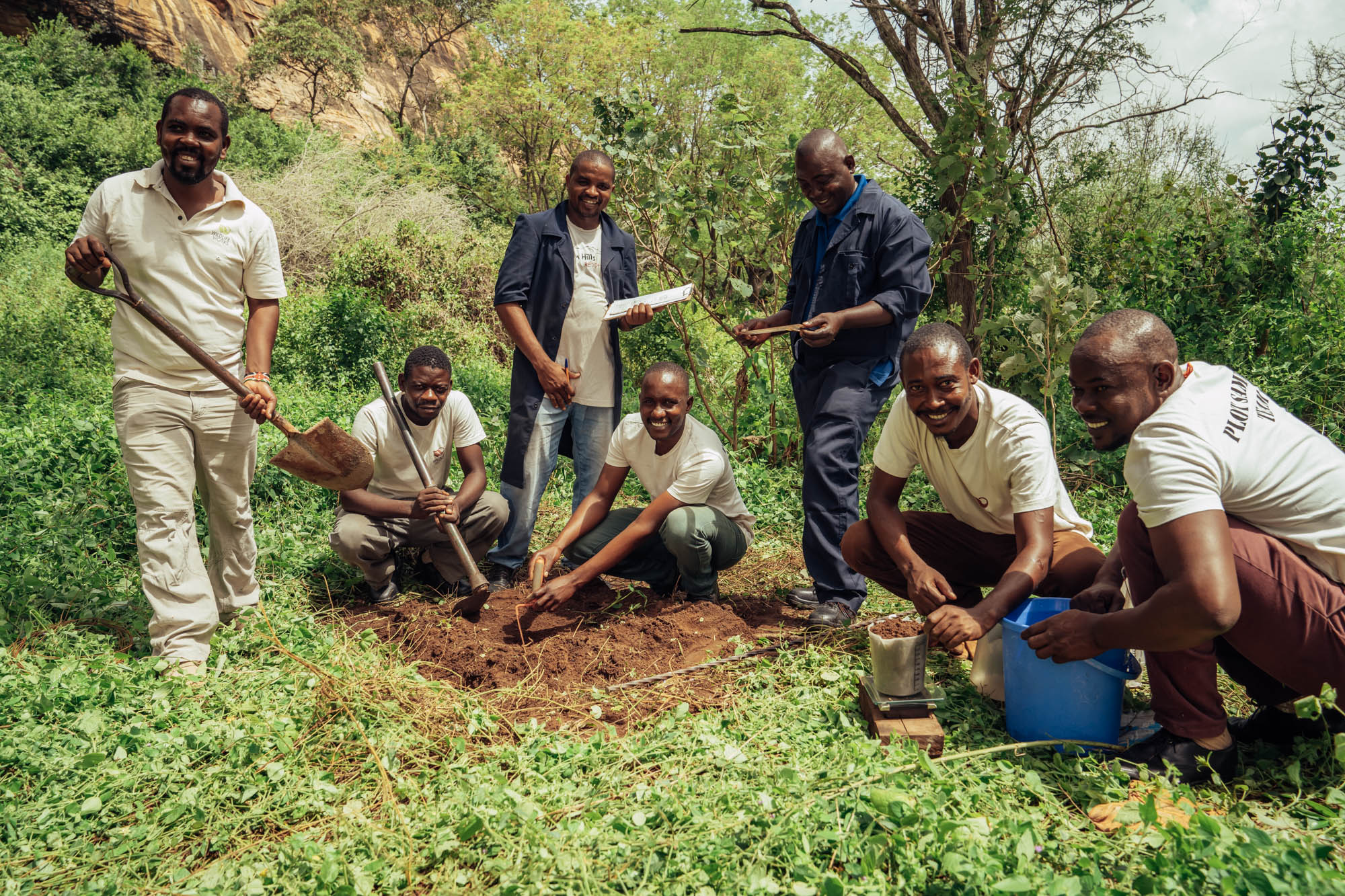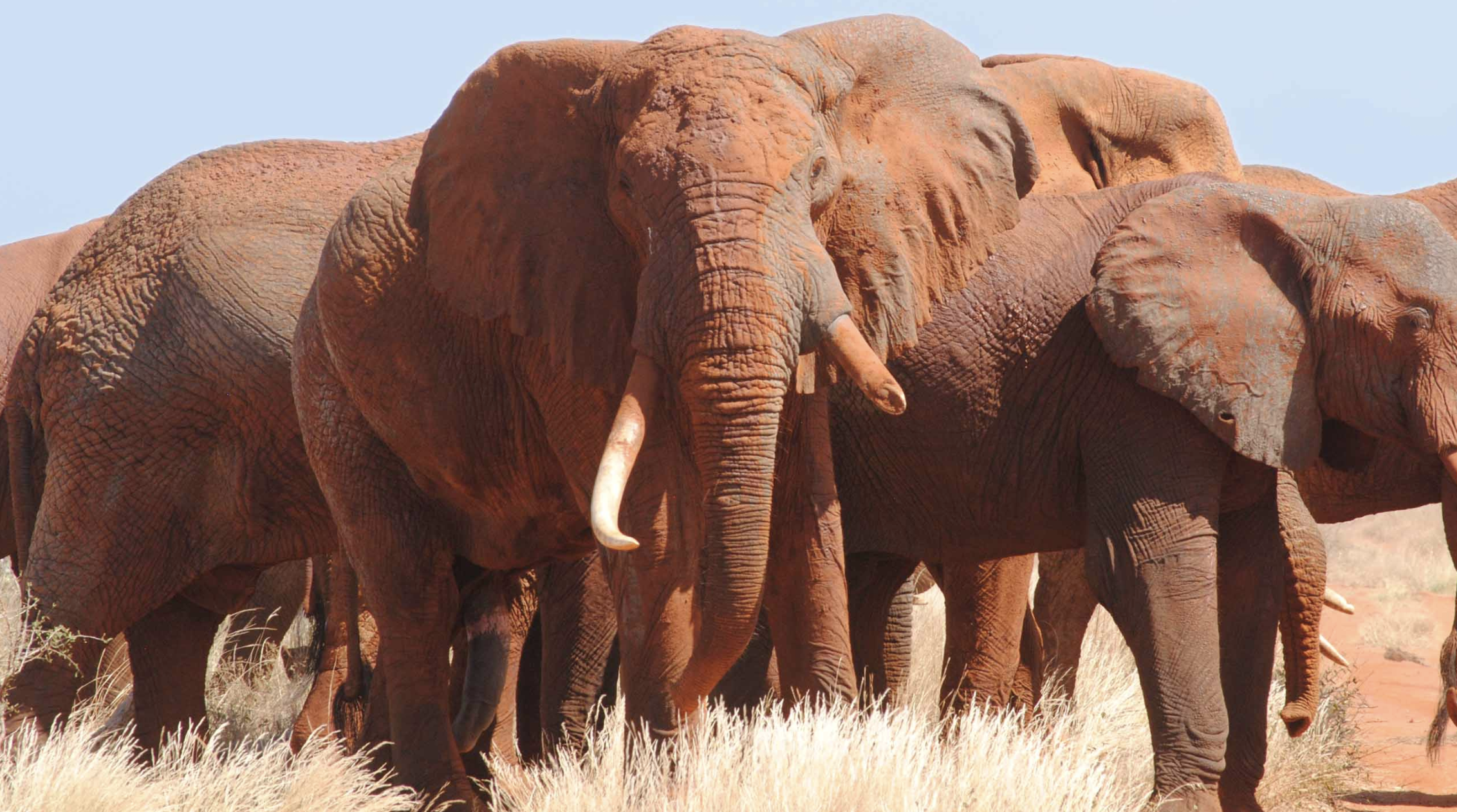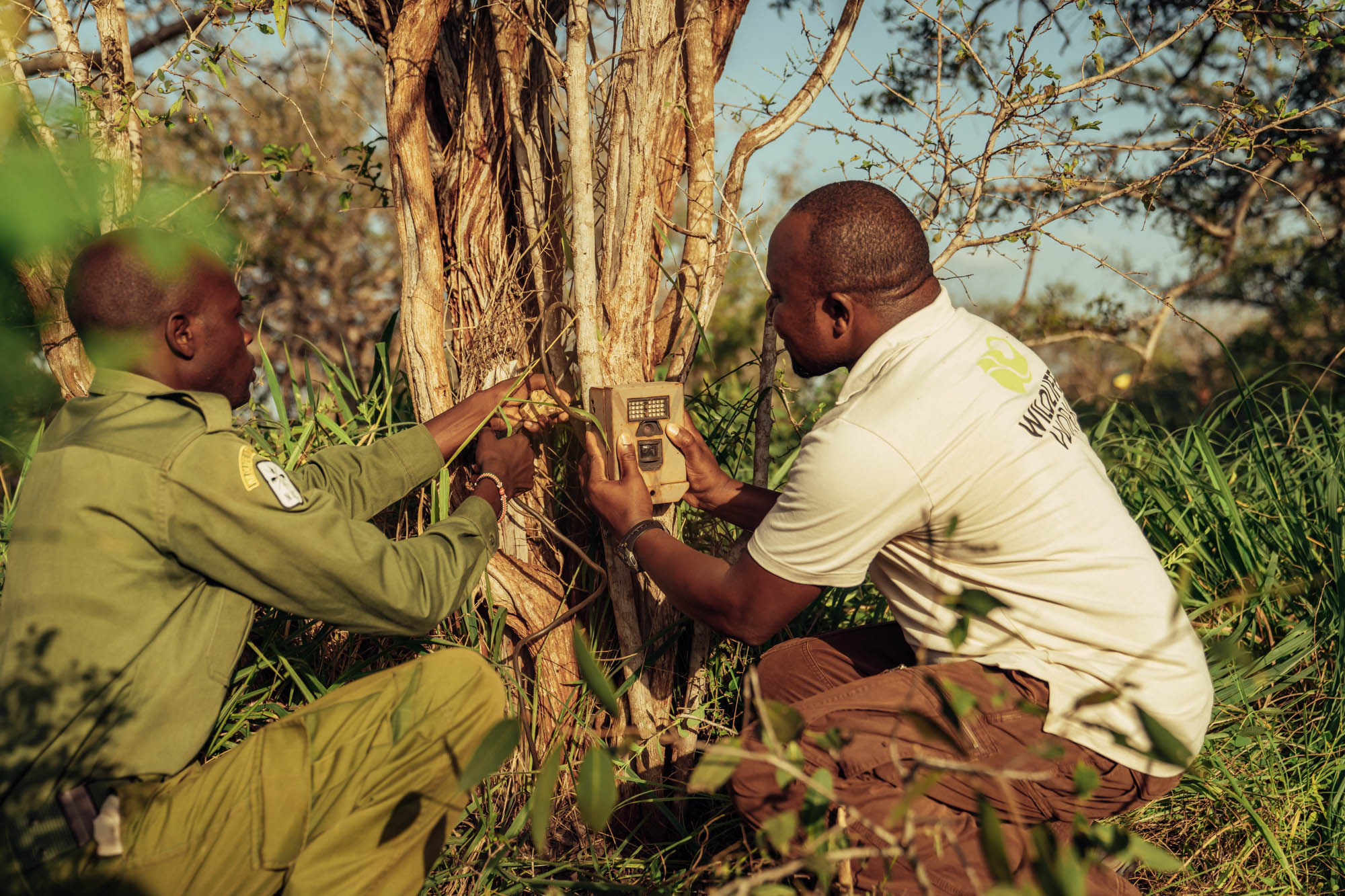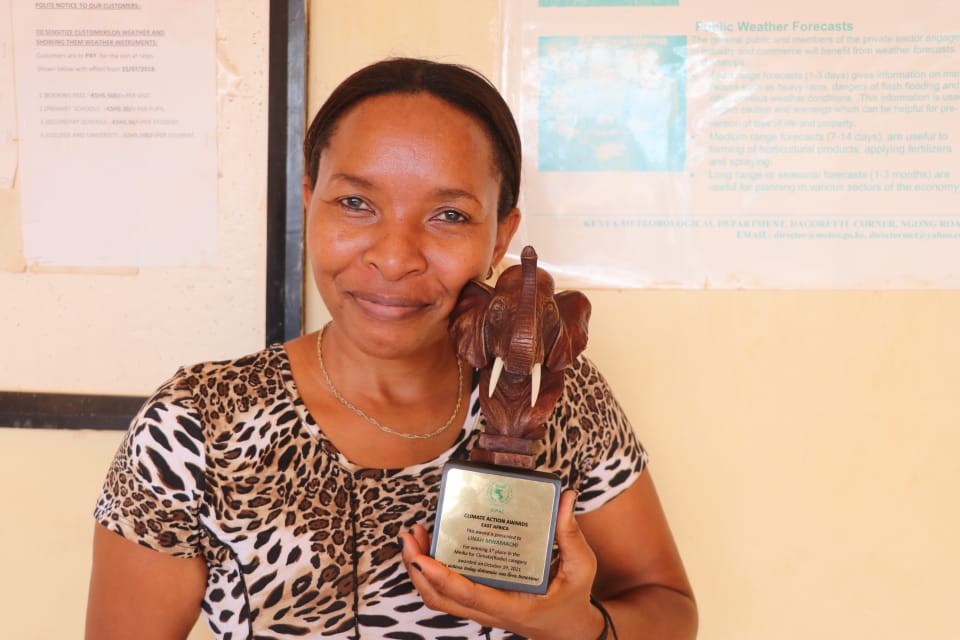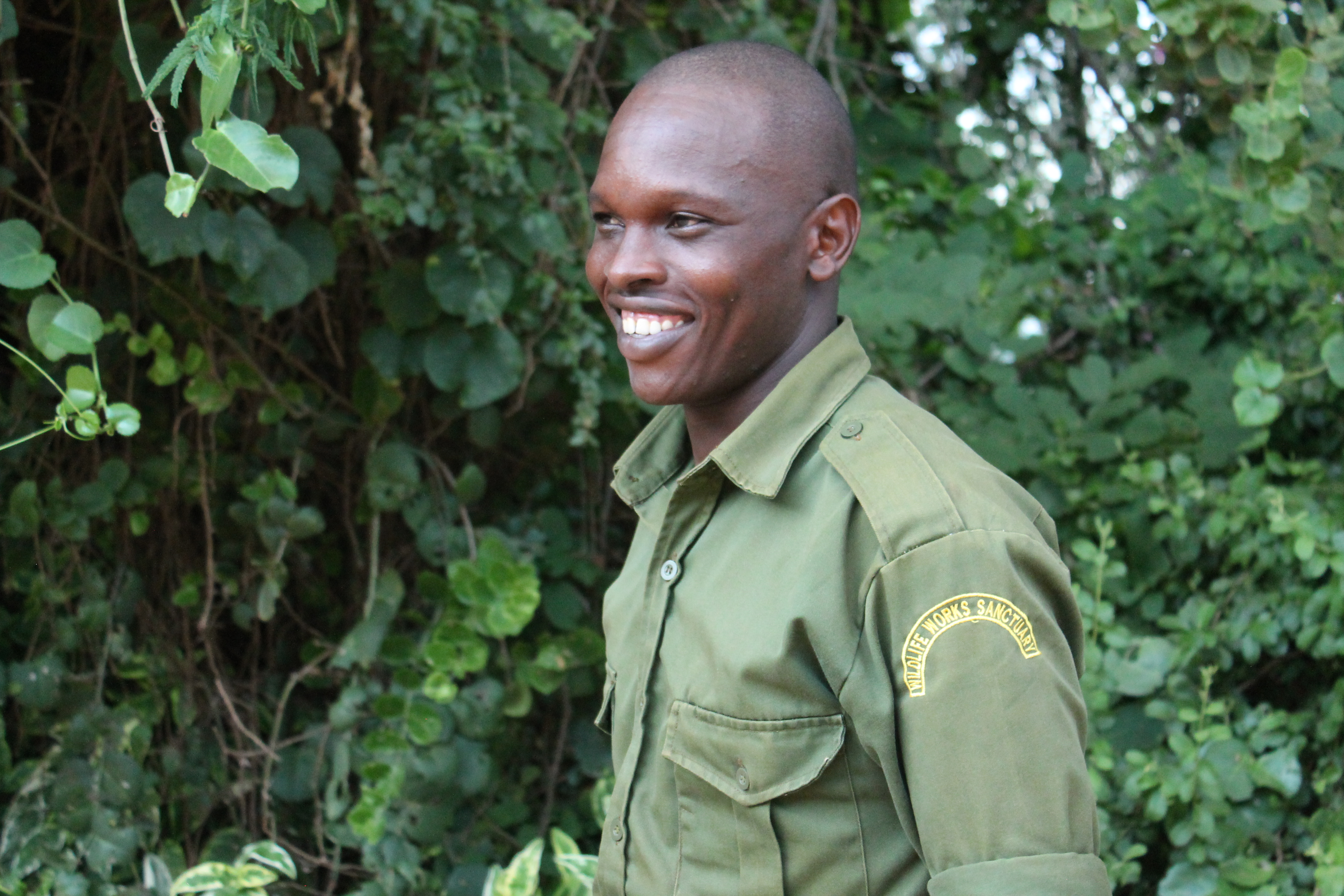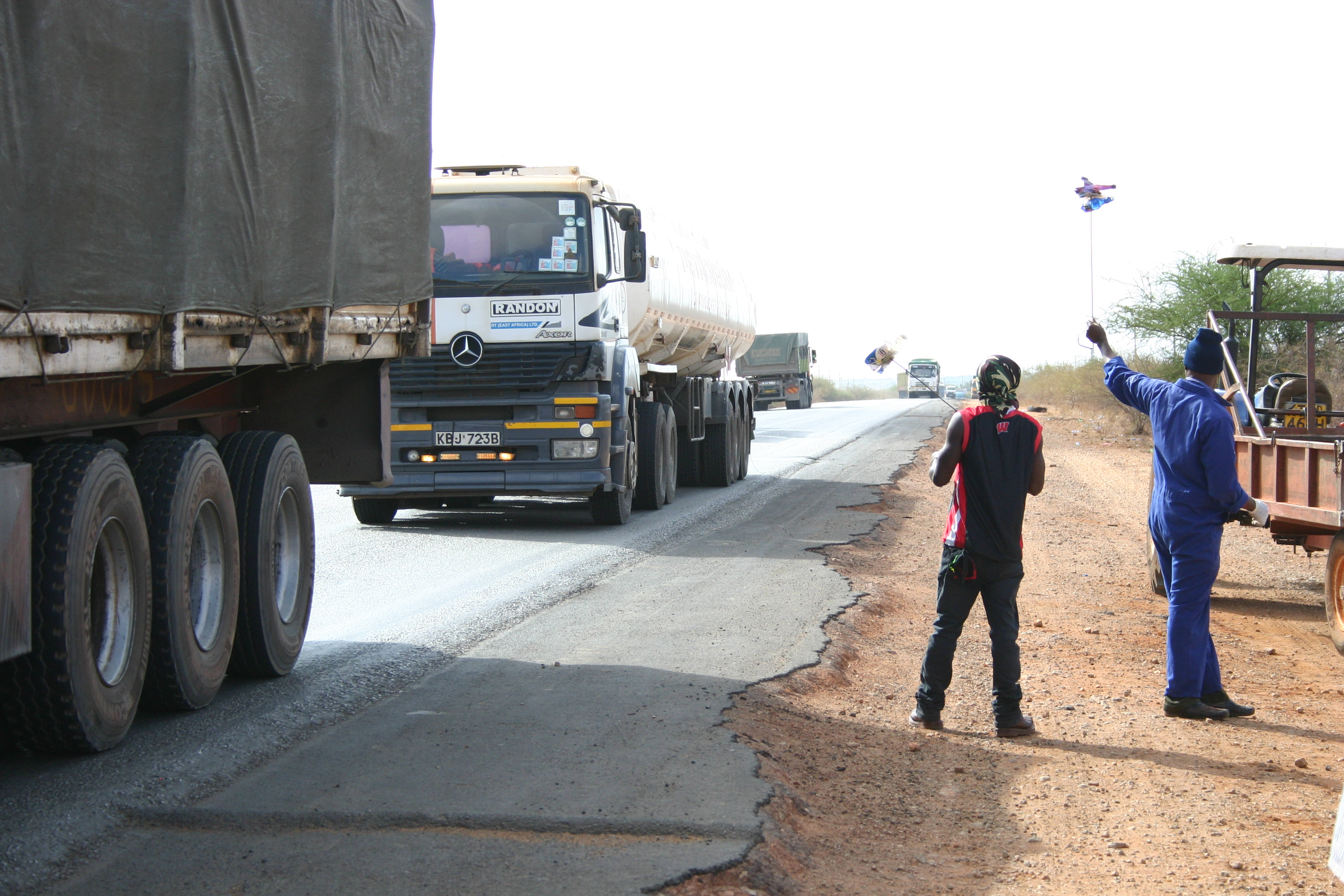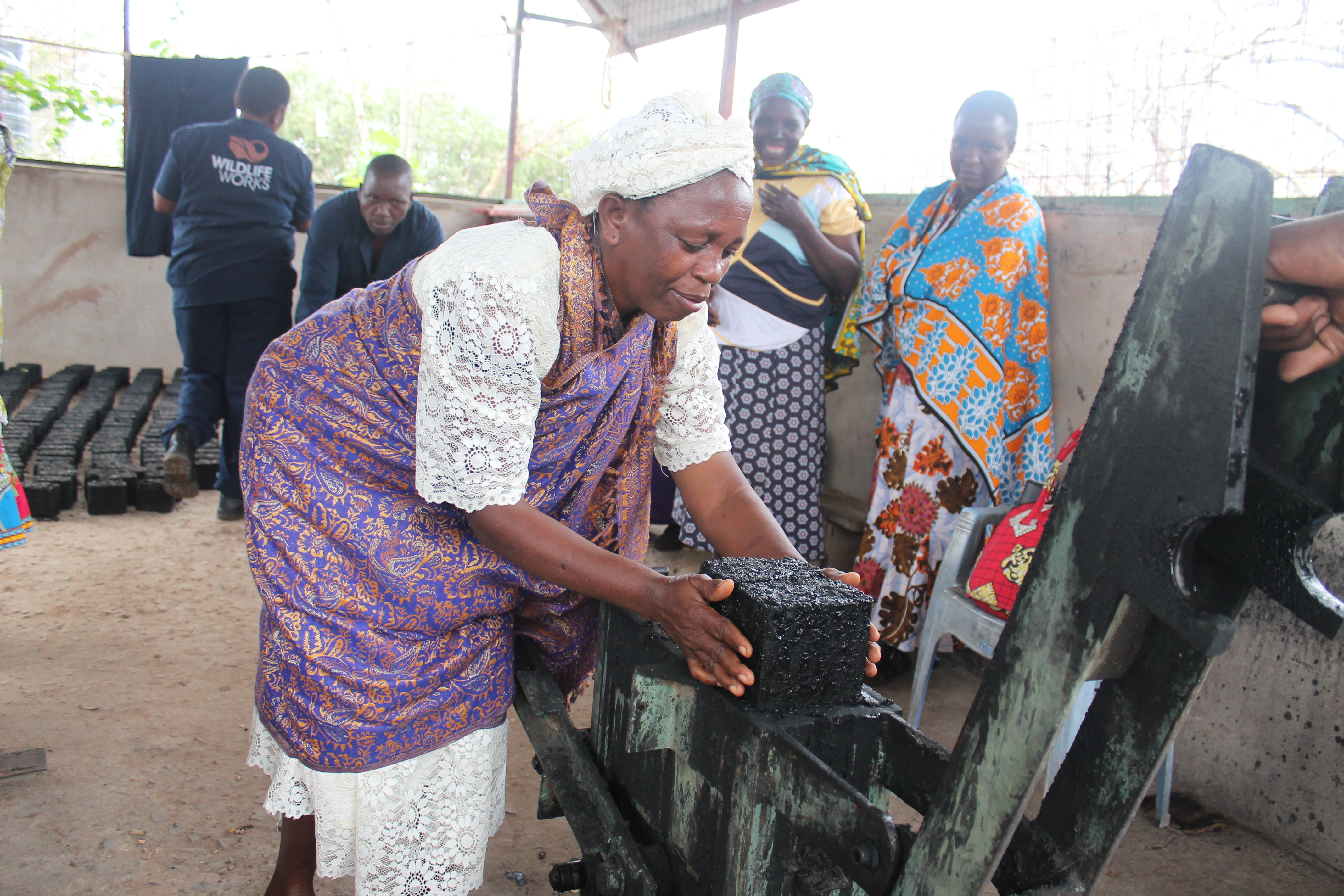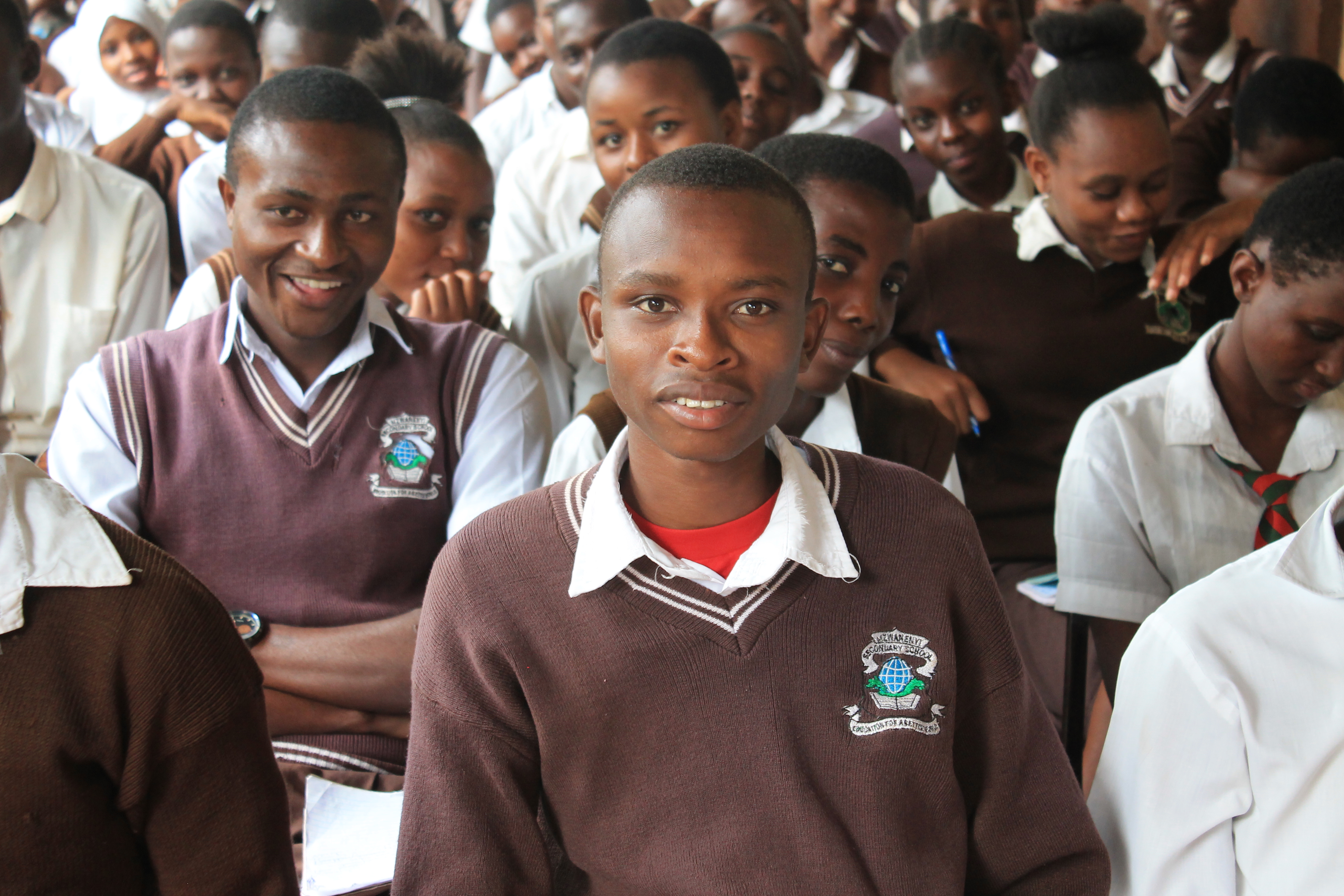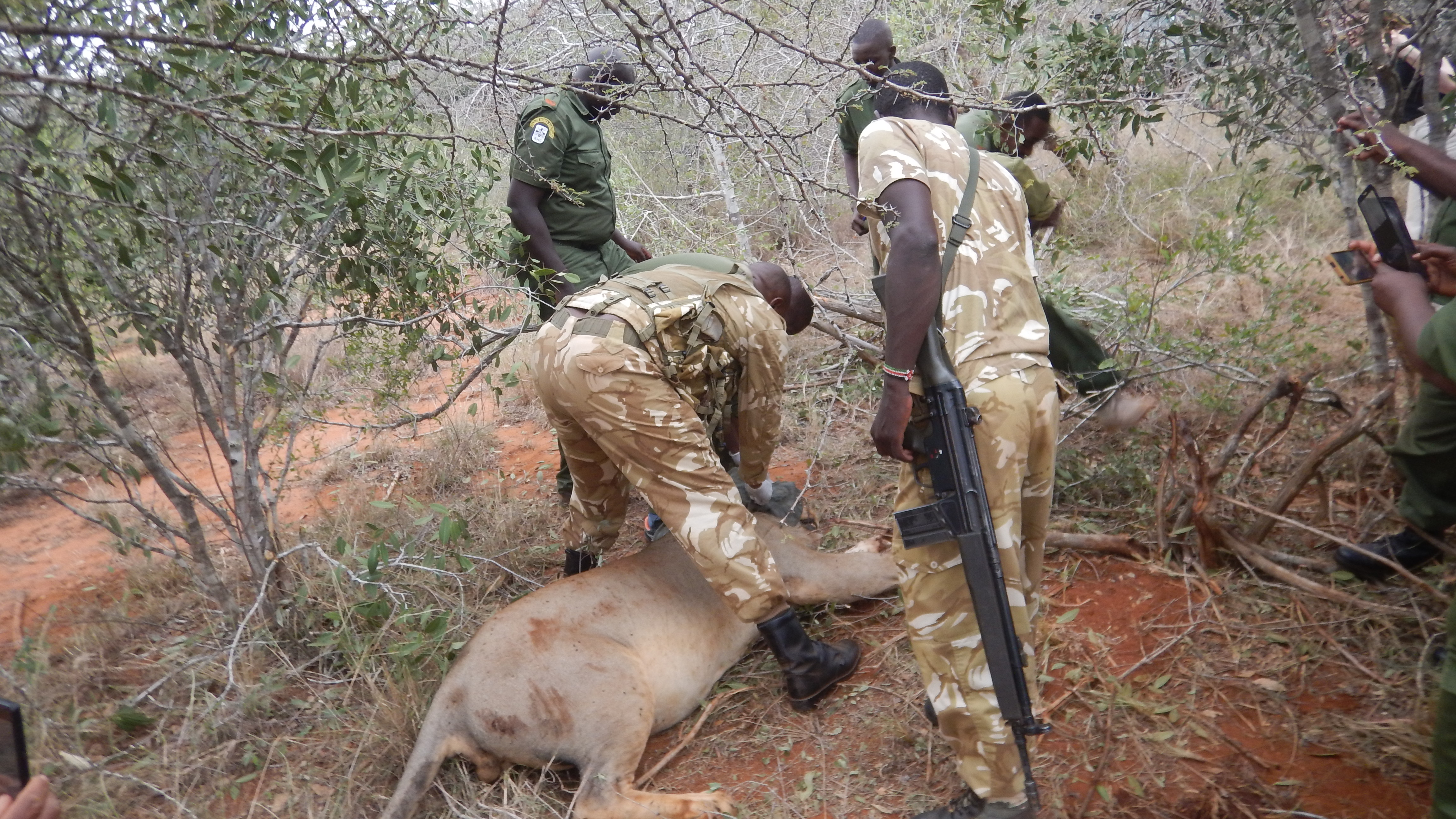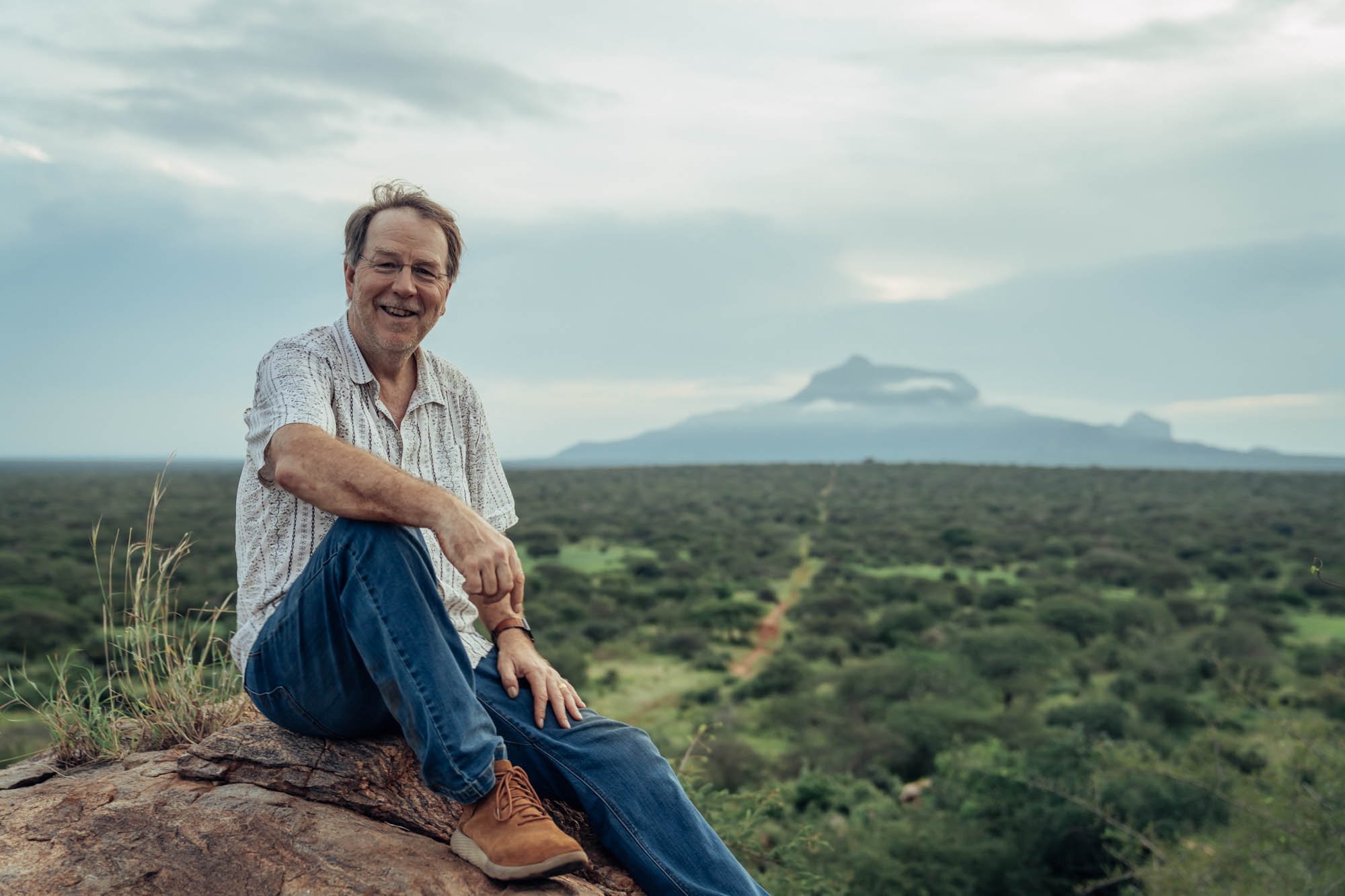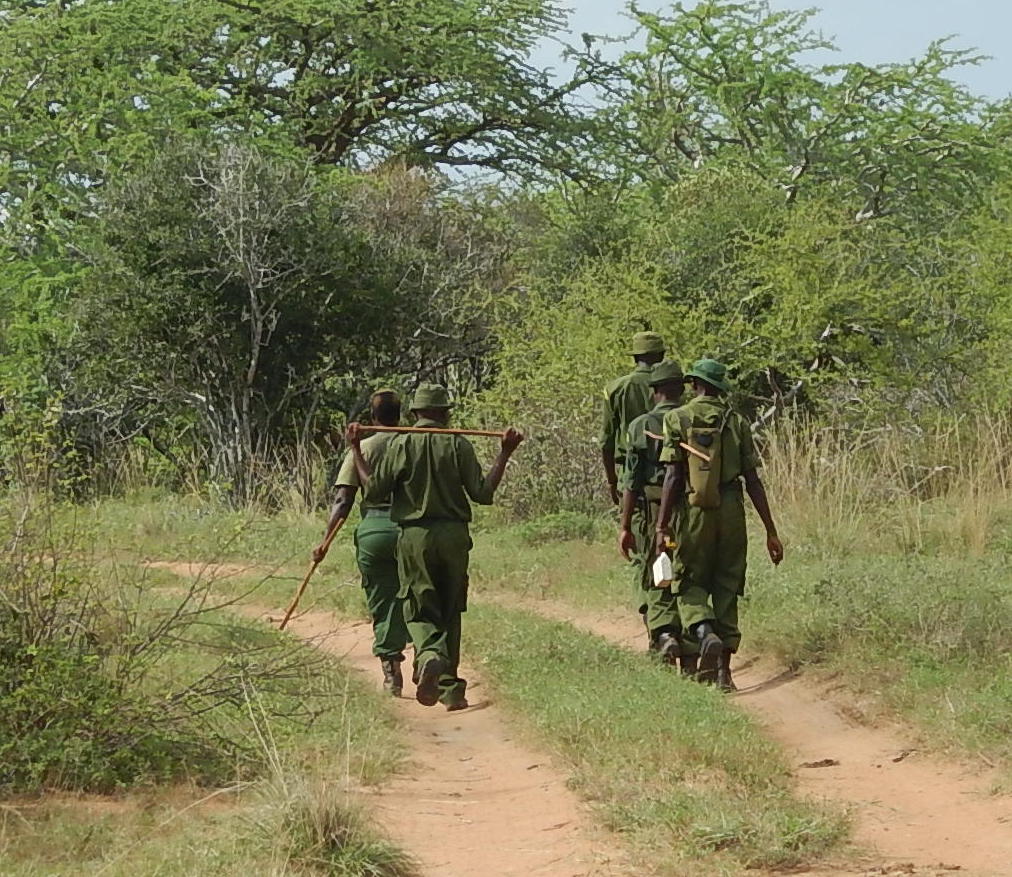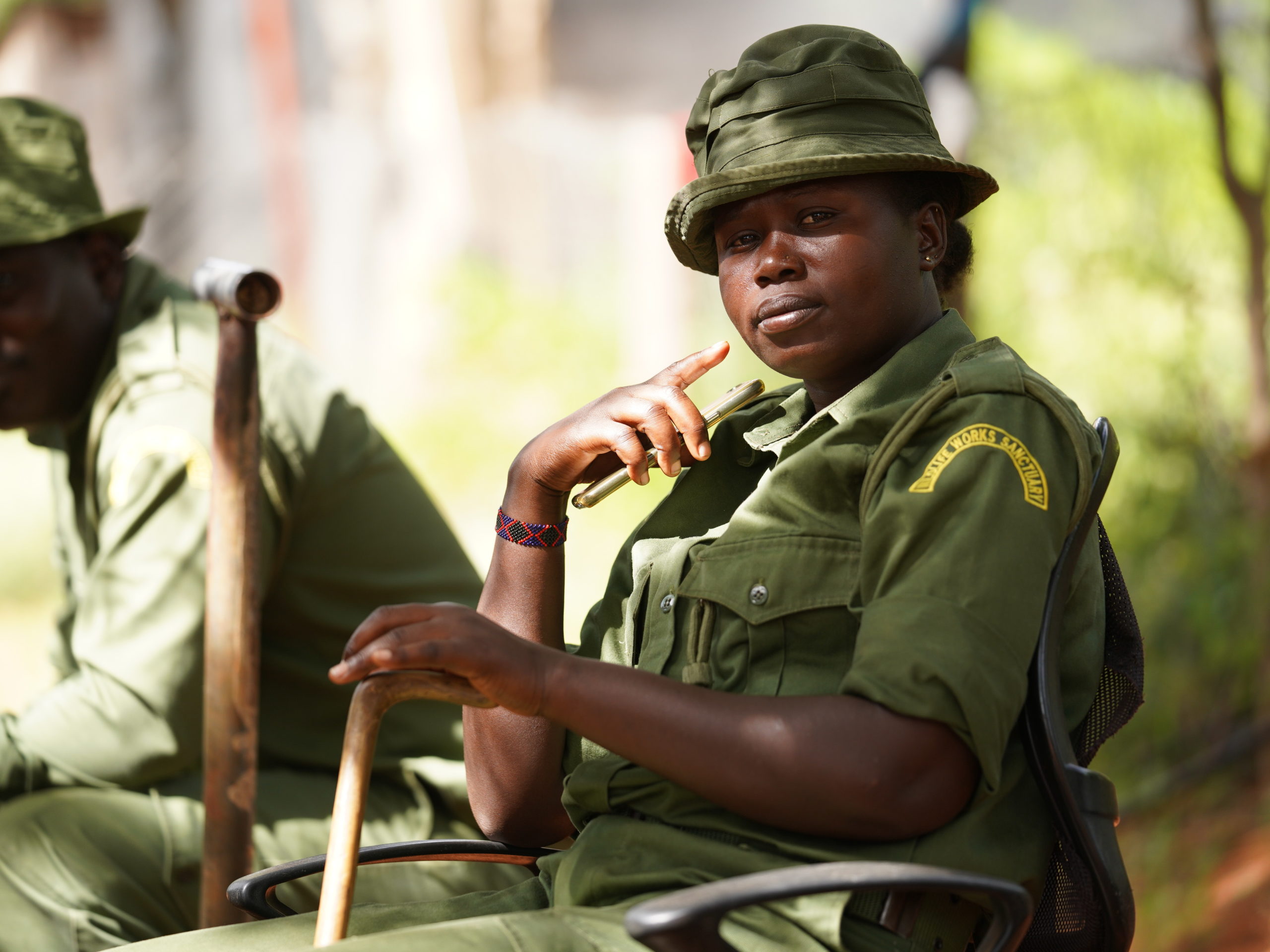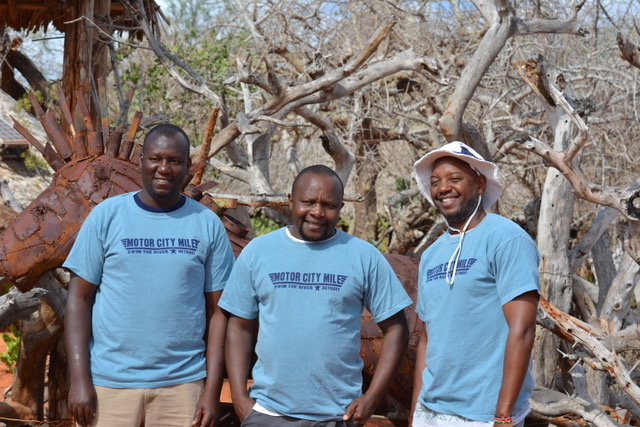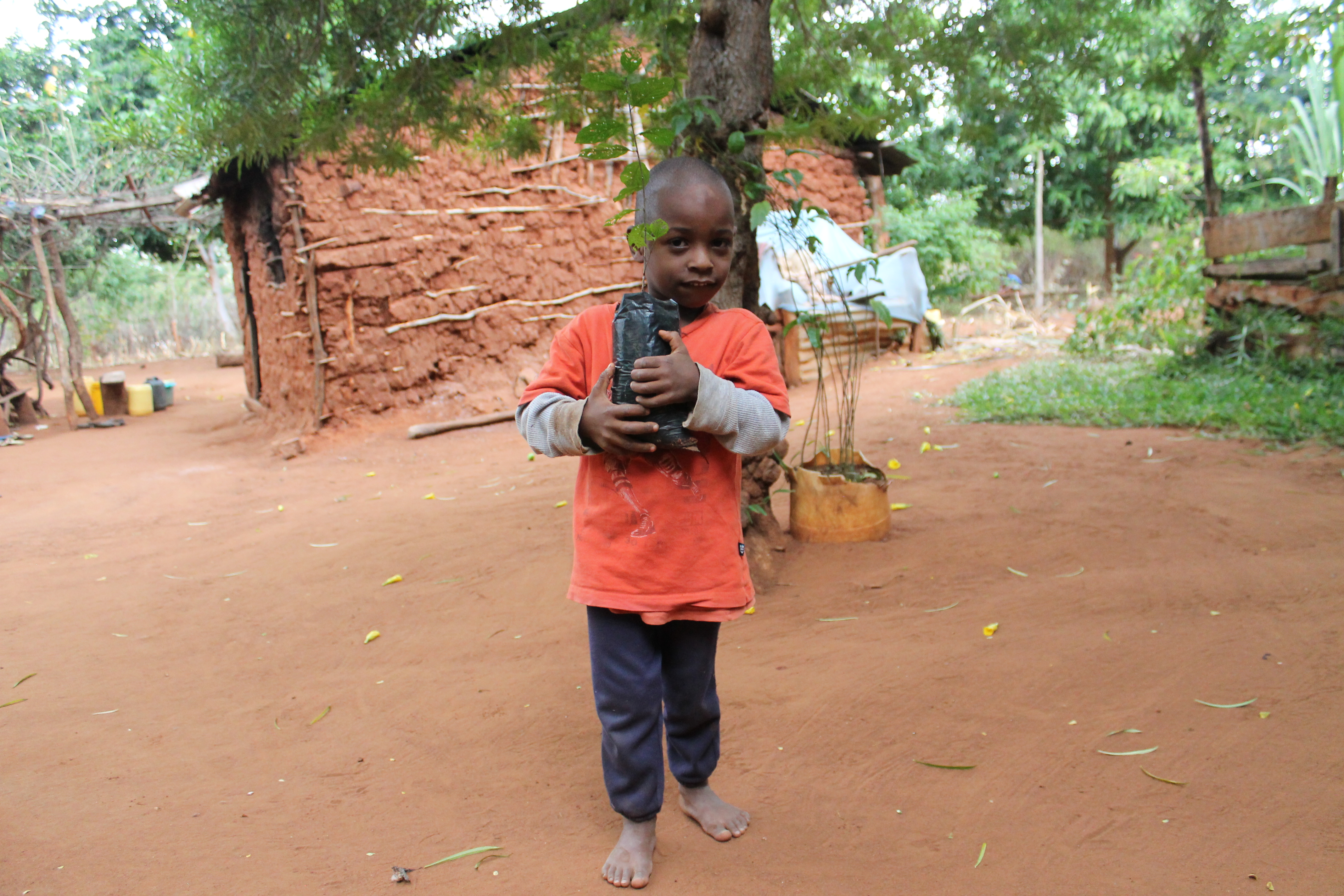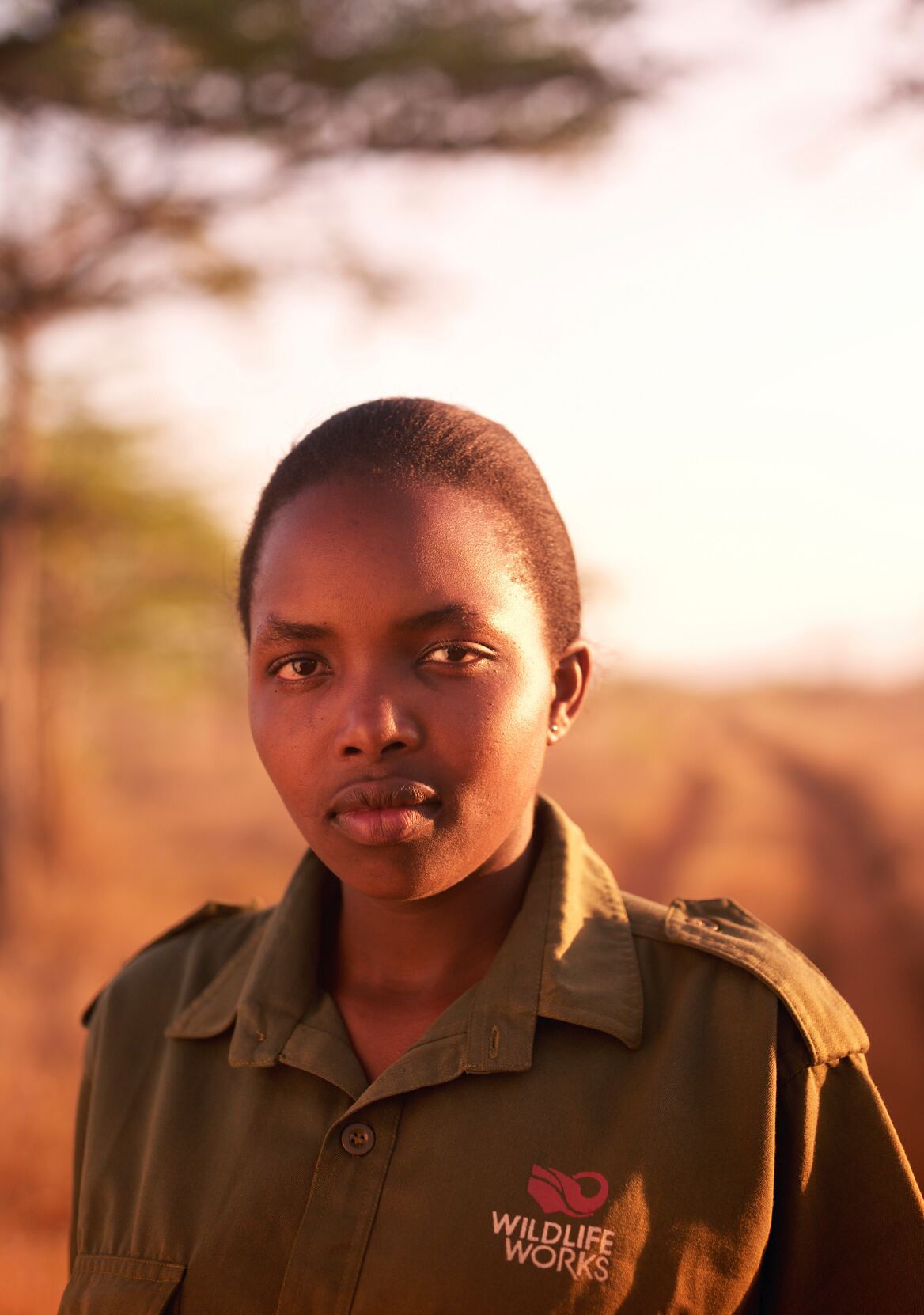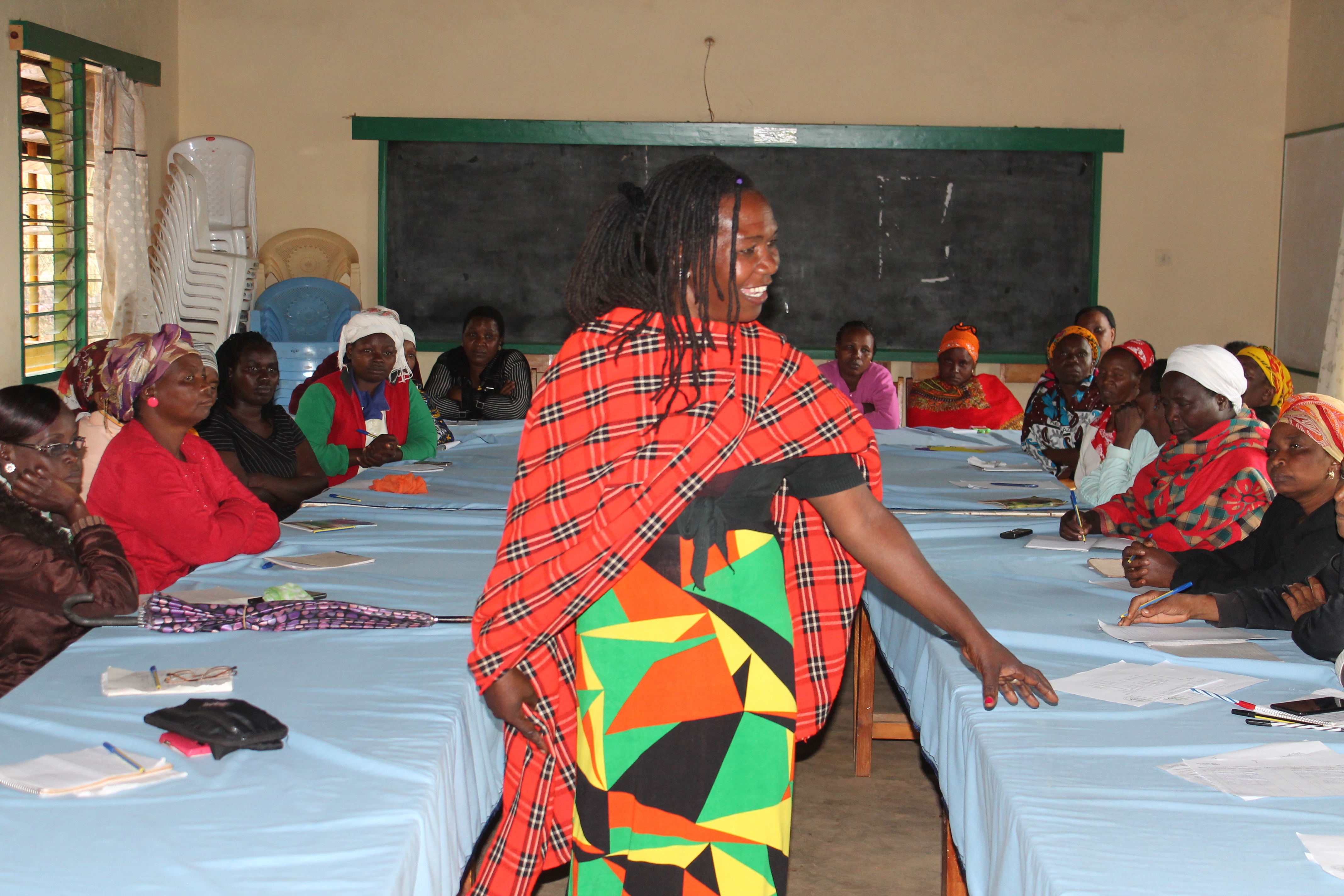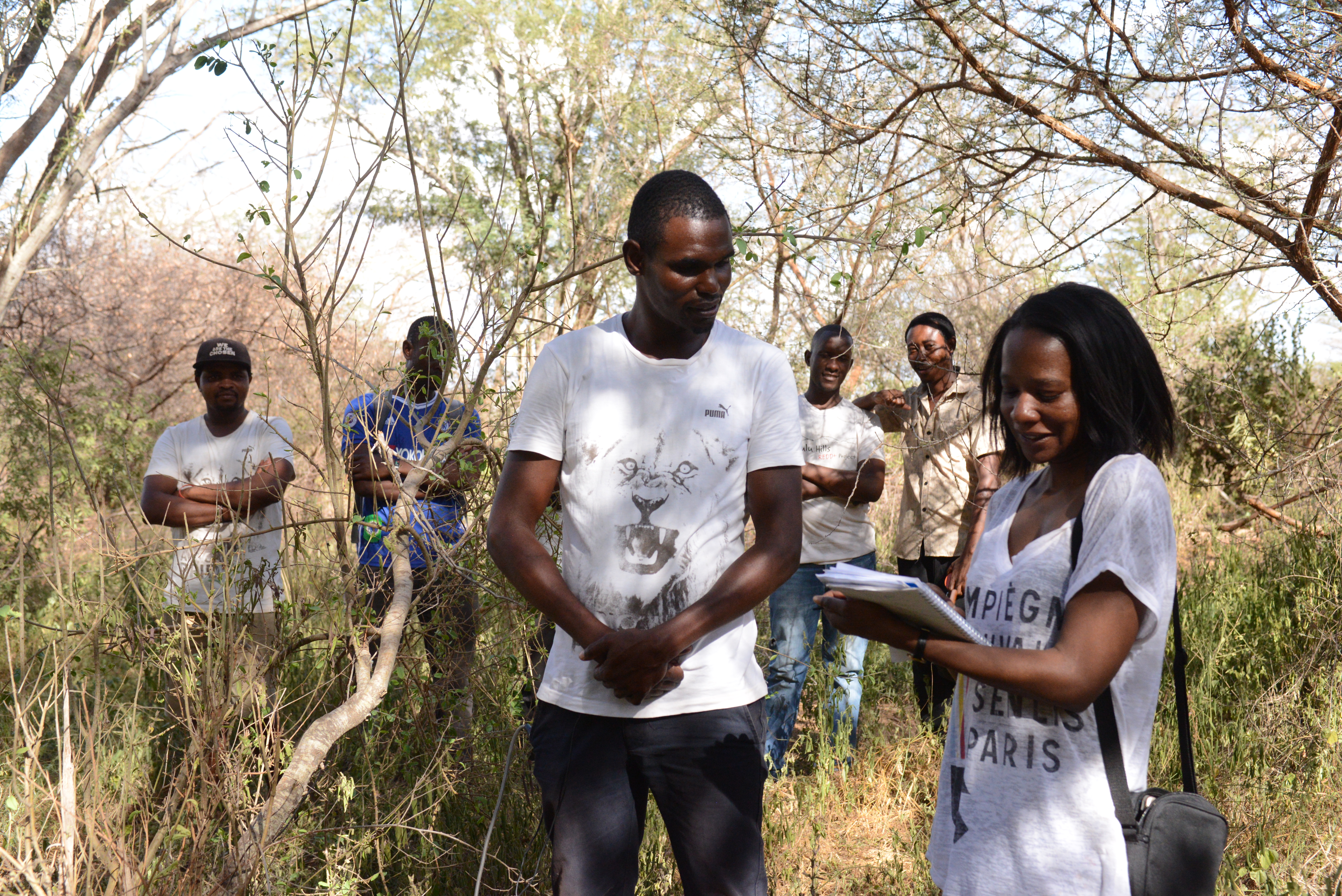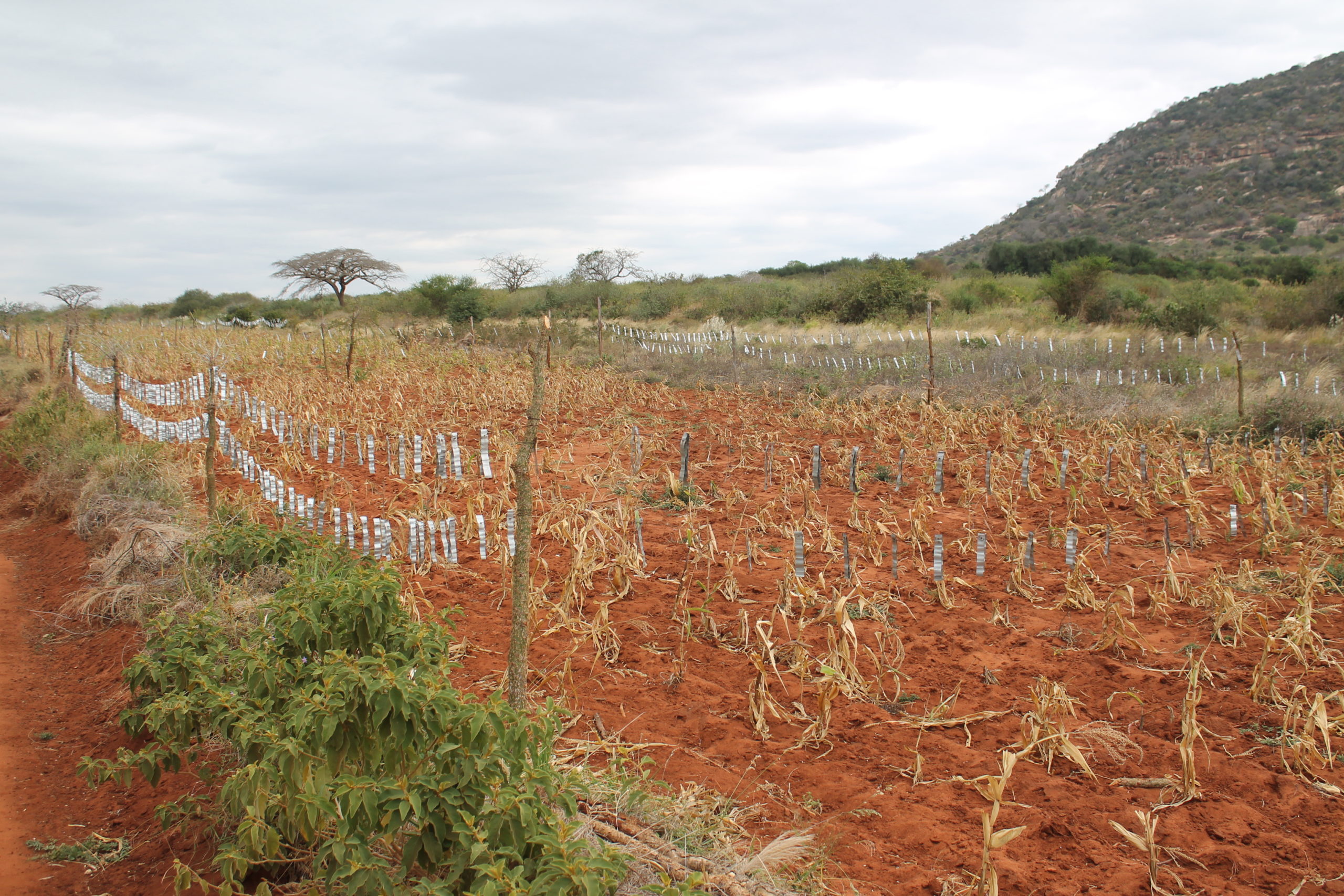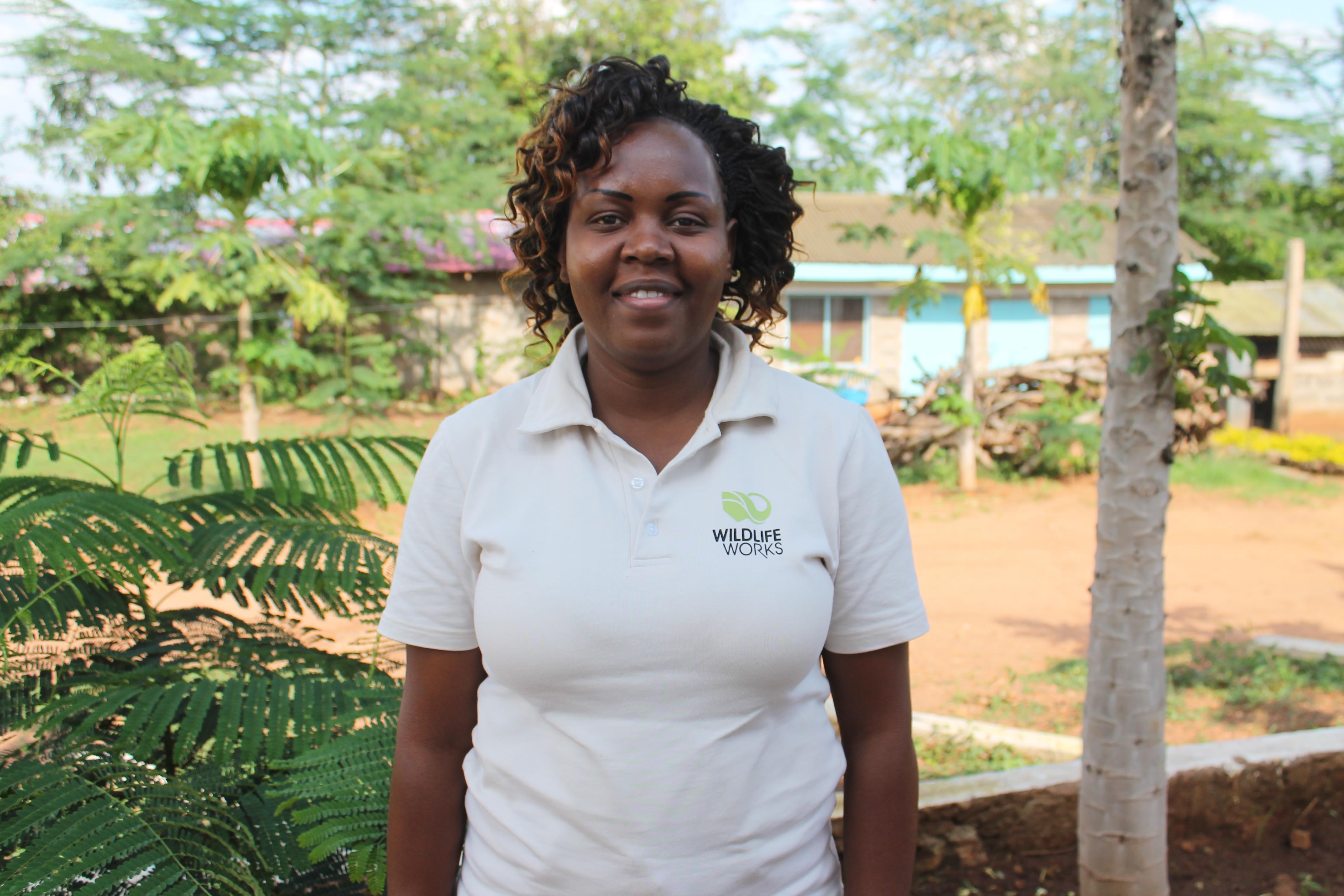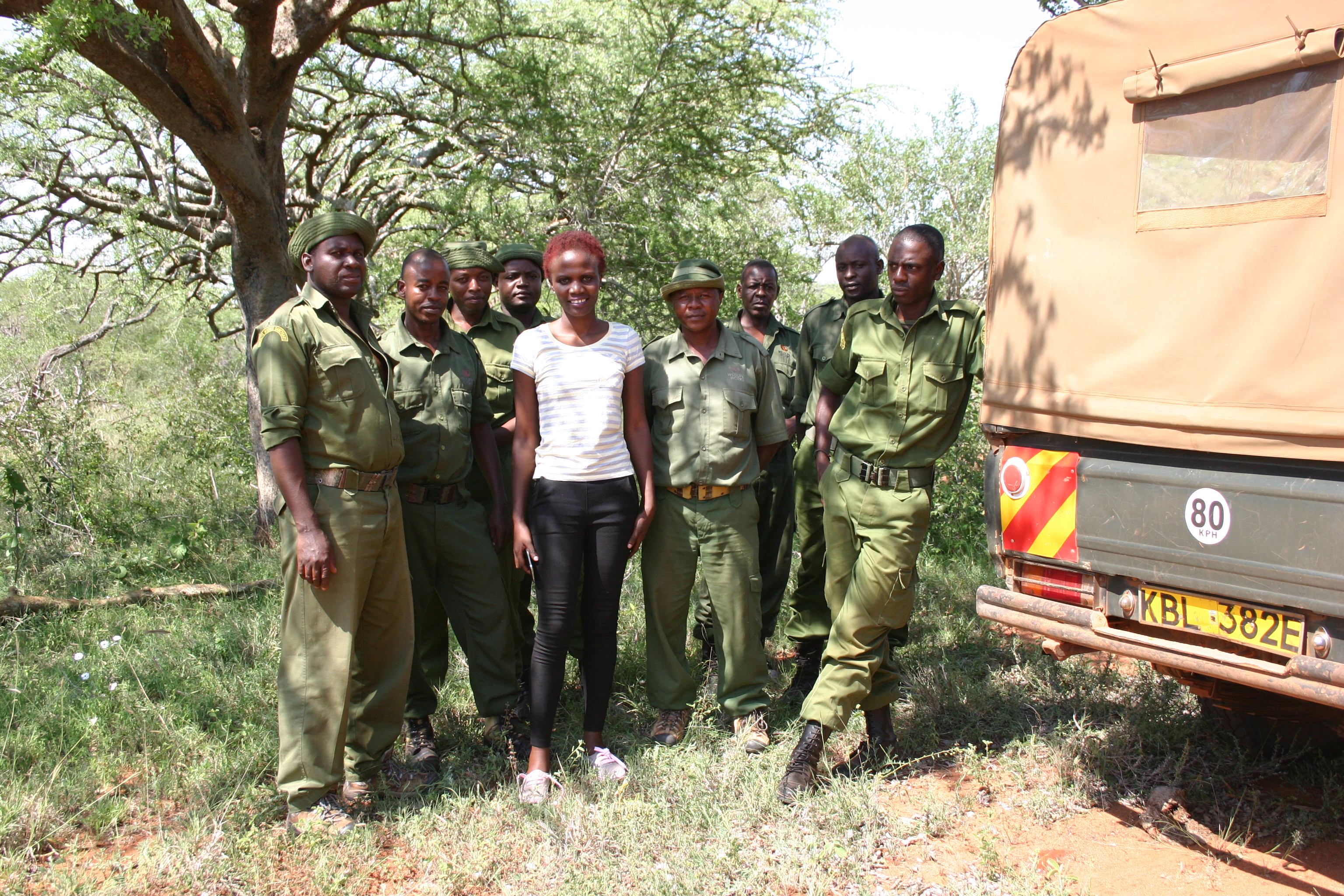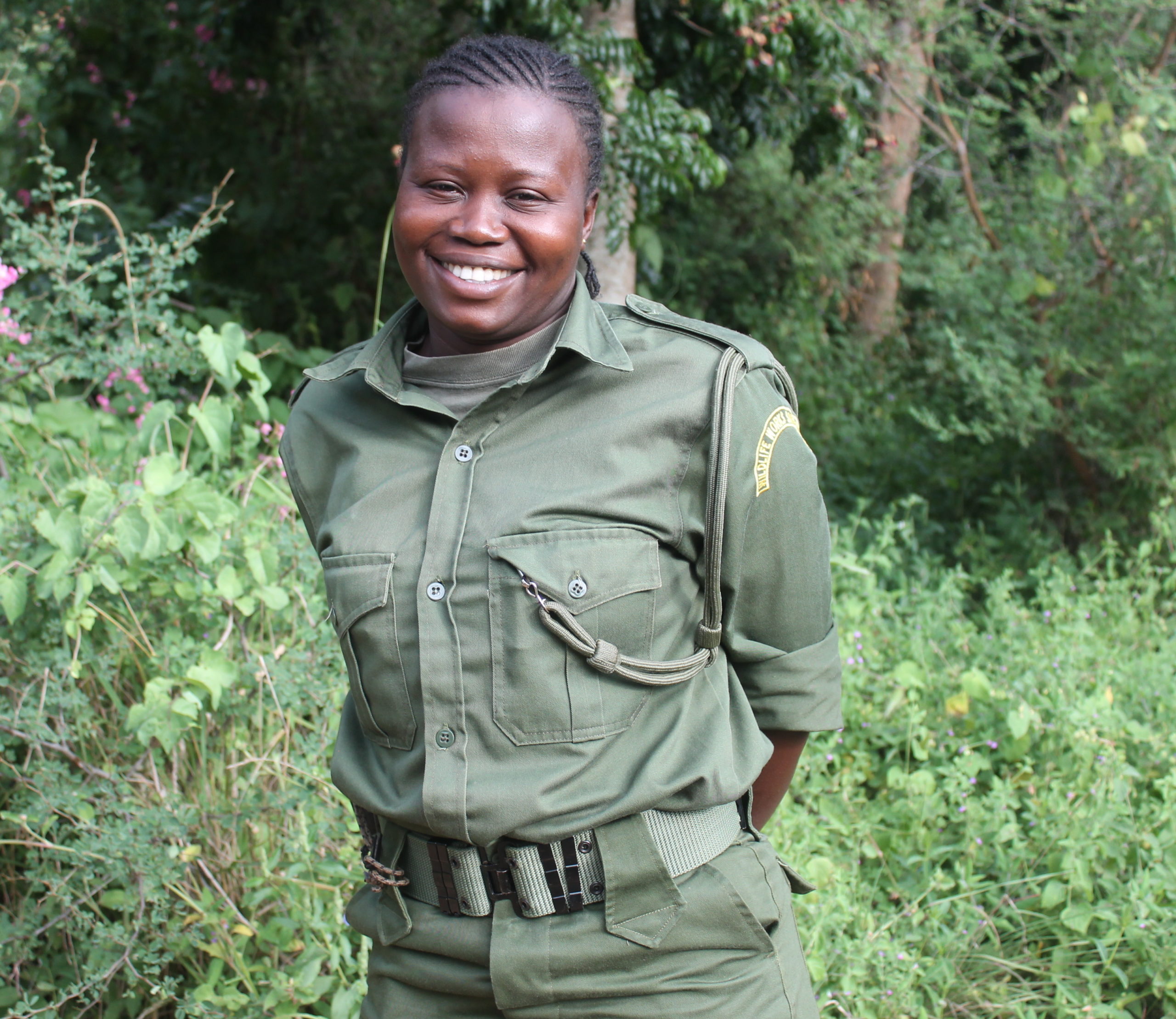Climate Change
-
Wildlife Works Commitment to Account for our Environmental Impact
At Wildlife Works we are committed to accounting for this environmental impact and improving operational excellence throughout the company.
-
Wildlife Works Recognised With an East African Climate Action Award
On 19th October 2021, Wildlife Works was among the conservation organizations to receive a prestigious Climate Action Awards courtesy of ICPAC. Wildlife Works is honoured to be among the awardees of the Climate Action Awards East Africa, for its role in empowering local communities in activities related to climate change adaptation and mitigation. The competition was organized by ICPAC, a specialized institution of the Intergovernmental Authority on Development (IGAD) with member countries in Djibouti, Eritrea, Ethiopia, Kenya, Somalia, Sudan, Uganda, Burundi, Rwanda and Tanzania. The competition drew participants from these member countries, shining a spotlight on their groundbreaking innovations and ideas to mitigate the effects of climate change. Congratulations to Kenyan journalists…
- Adventures in REDD+, Agriculture, Climate Change, Democratic Republic of the Congo, Forest Communities
Enhancing Food Security in the Mai Ndombe REDD+ Project Through Agronomy Training
By Jane Okoth Millions of people around the world still face the challenges of food security and malnutrition. One of the main targets of the United Nations Sustainable Development Goal 2 of Zero Hunger is to ensure sustainable food production and implement resilient agricultural practices that increase productivity. On the west side of Lake Mai Ndombe is an indigenous forest community that is part of the Wildlife Works Mai Ndombe REDD+ Project. The area protects over 740,000 acres of rainforest, which is home to chimpanzees, bonobos and forest elephants, and includes some of the most important wetlands in the world. Despite the rich biodiversity of the region, the community still…
-
An Exclusive Interview With Mike Korchinsky, President and Founder of Wildlife Works
Do something to support forest conservation and don’t wait for someone to do it for you, says Mike Korchinsky, the founder and President of Wildlife Works. Watch this exclusive interview with our Media and Communication Officer Jane Okoth What motivated you to start Wildlife Works? What fascinates you most about elephants? What was the status of forests, wildlife and the people before the project started? What is your approach to forest conservation? How did you engage local communities back then? How do you engage local communities to support the conservation plan? Why is the REDD+ mechanism so effective for conservation and sustainable development? With continued REDD+ market success, what could…
-
Interview with Dr Mwangi Githiru, Director of Research, Biodiversity and Social Monitoring at Wildlife Works Global program
Dr Mwangi Githiru is the Director of Research, Biodiversity and Social Monitoring at Wildlife Works Global program. His department plays a key role in monitoring and reporting on the impact of Wildlife Works’ REDD+ projects on biodiversity and local communities living adjacent to the project areas in Kenya, the Democratic Republic of the Congo, Colombia and Cambodia. He gives his insight on his department and the role it plays. What is the purpose of your department? The Biodiversity and Social Monitoring Department is responsible for defining, designing and overseeing the implementation of Wildlife Works Biodiversity and Social Monitoring Strategies, both for the Kasigau Corridor Project as well as supporting development…
-
Camera Trapping for Conservation in the Kasigau Corridor REDD+ Project
By Jane Okoth Our best chance at protecting the world’s natural resources to prevent catastrophic climate change effects is by safeguarding and restoring wildlife habitats. The United Nations Sustainable Development Goal 15 “life on land” is all about protecting any living creature that depends on the earth for survival. One of its targets is to take urgent and significant action to reduce the degradation of natural habitats, halt biodiversity loss, protect of threatened species and prevent their extinction. Thanks to a team of nearly 100 Wildlife Works rangers, the Kasigau Corridor REDD+ project of 500,000 acres of dryland forest is one of the protected zones in the vast Tsavo ecosystem,…
-
All About Trees; A Day In The Life Of A Carbon Sampler
By Jane Okoth Do you know how the Kasigau Corridor REDD+ Project generates its carbon credits? Essential to the process is Wildlife Works’ Carbon Sampling Department, who play a vital role in calculating the amount of carbon stocks that are stored in the forest across the project area. This week, we are profiling Joshua Kitiro, the Head of the Carbon Sampling team, a department comprising of eight team members. “Carbon sampling is about measuring trees to calculate the amount of carbon stored in them. Different trees have different amount of carbon in them depending on their species, structure, and age,” he says. The team works with Jeremy Freund, the Vice…
-
Kasaine Fences; A Solution to Human-Wildlife Conflict?
By Jane Okoth They may be the most fascinating and intelligent mammals, but in some areas of rural Kenya, elephants pose a major threat to farmers because of their crop-raiding behavior. Human-wildlife conflict occurs frequently in dryland areas with a large wildlife population and the Kasigau Corridor REDD+ project in Kenya is no exception. Joseph Mutua, a small-scale farmer residing in Ngambenyi, which is part of the project area, has been a victim of seasonal crop-raiding for many years. Three days prior to our visit, an adult male elephant had visited his farm and ravaged his pawpaw trees. “It was around 1 am but lucky enough my dog raised an…
-
Meet Jessica Njeri, Wildlife Works Female Ranger
By Jane Okoth Early mornings and evenings are usually the peak times for wildlife activity. Jessica Njeri, a Wildlife Works ranger, is ready to begin her daily patrols by 5 am. The nature of their patrols can be either by car or foot. After a day of different sightings, they will all return to report their wildlife sightings and other findings with their team leader in the late evening. Jessica is part of the 100+ ranger team who patrol the 500,000 acres of dryland forest in the Kasigau Corridor REDD+ Project area. Born in a family of 8 in a remote village called Kisimenyi, Jessica had a love for wildlife…
-
Women Learn How to Make Sustainable Charcoal
By Jane Okoth The reliance of charcoal and firewood as a primary source of cooking for most households puts immense pressure on indigenous trees, which are destroyed to accommodate energy needs. The Kasigau Corridor REDD+ Project area is no exception, as residents are dependent on trees for charcoal and firewood. UN Sustainable Development Goal 7 calls for access to affordable, reliable, sustainable and modern energy for all. Following this objective, Wildlife Works has developed sustainable charcoal using pruned branches from indigenous trees, which prevents the destruction of the trees and avoids traditional charcoal production methods. The project is based at Mackinnon, approximately 35km from our Head office in Maungu. Wildlife…

